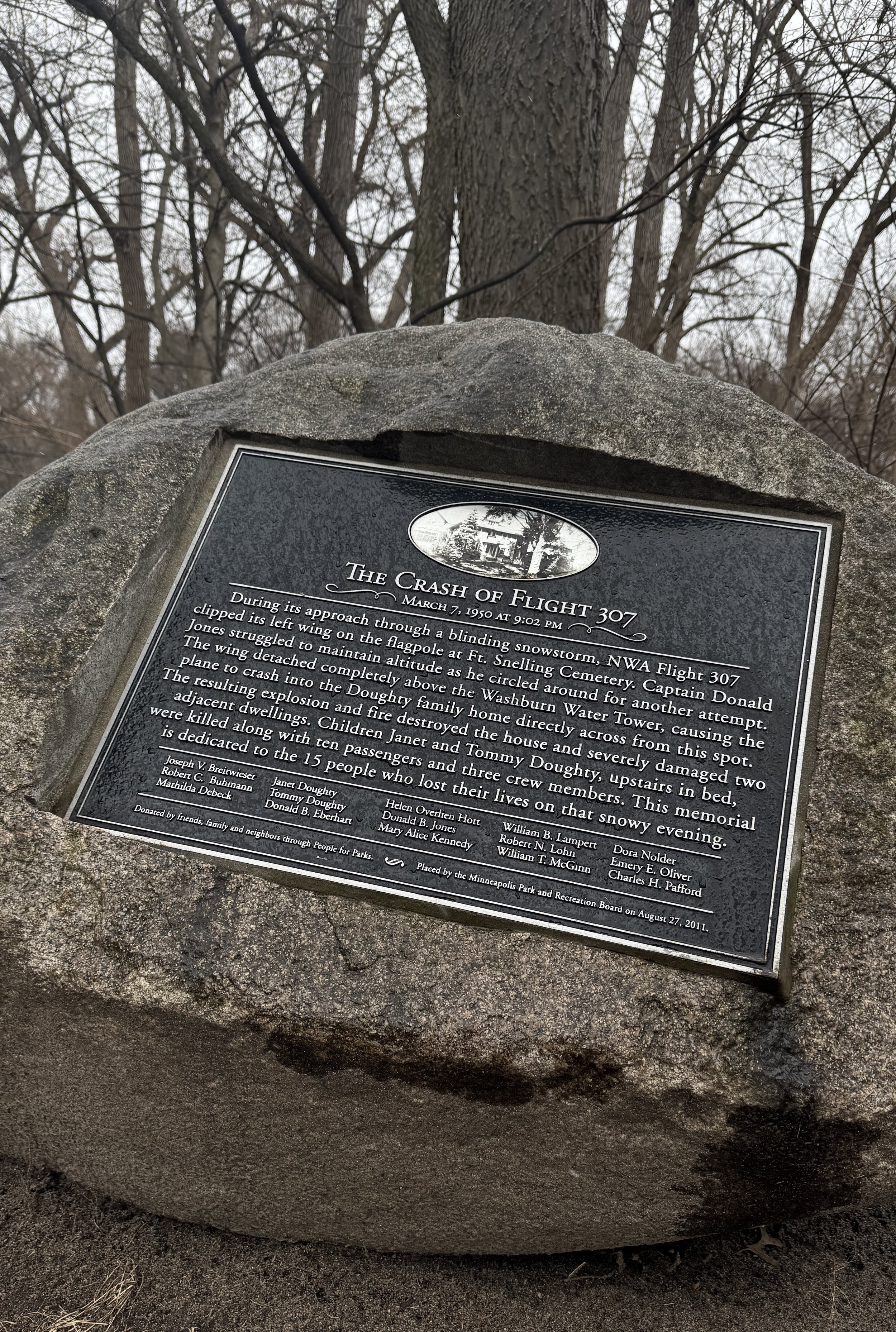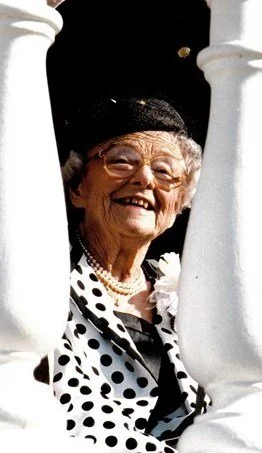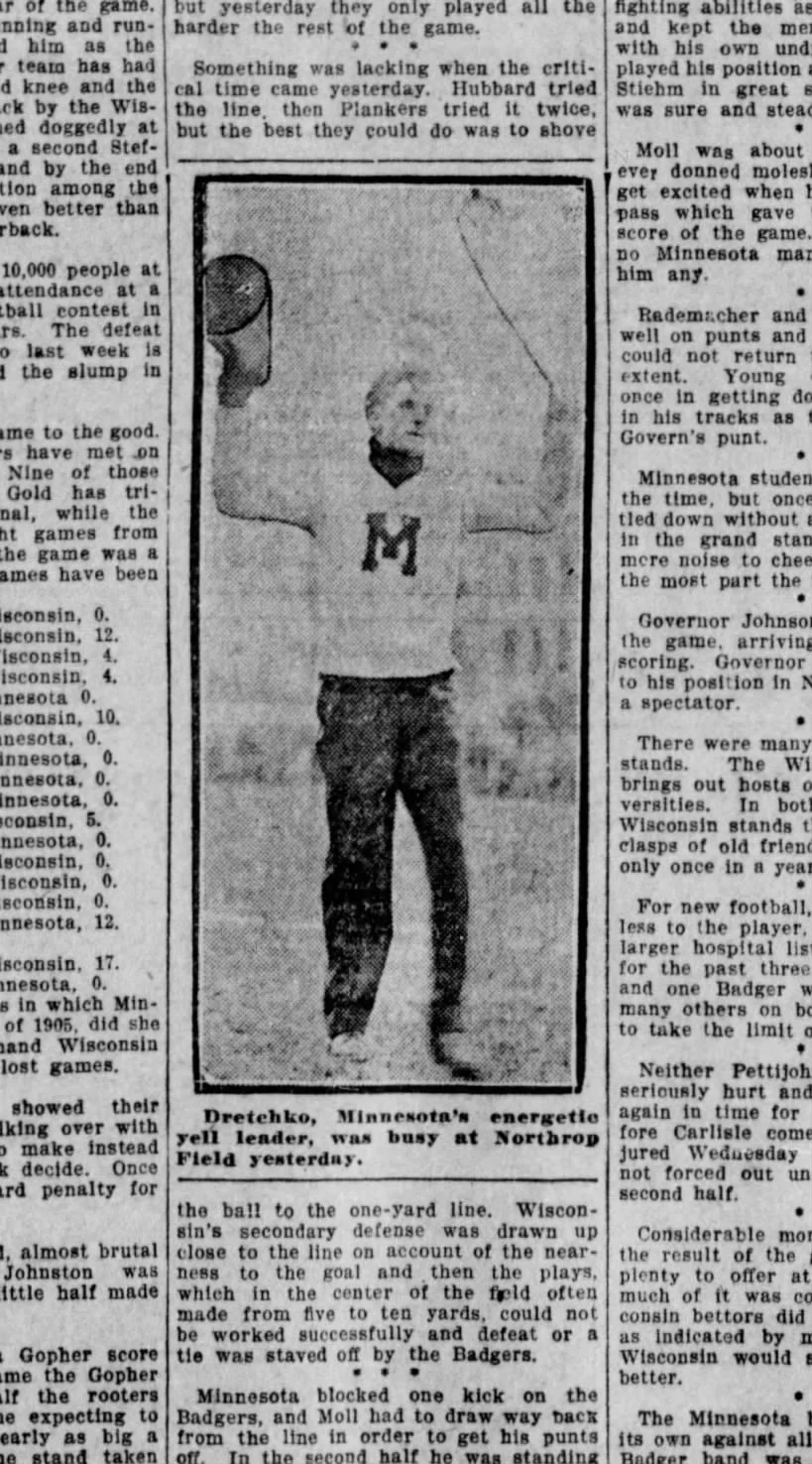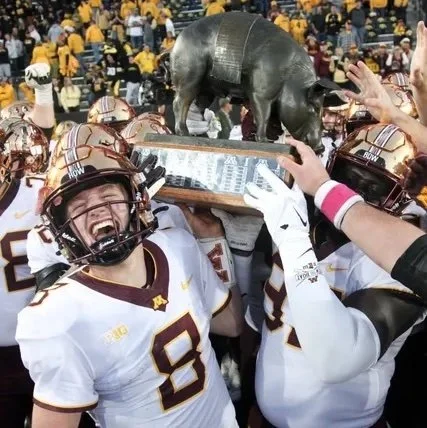The Minnesota Gopher That Created the NFL Draft
The 2025 NFL draft is happening in Green Bay, Wisconsin and with it comes all of the hoopla and big spending associated with the event. All seven rounds of the draft are televised and I don’t know which is more stressful: the first round, to see who gets the pick? Or the later rounds to see who doesn’t get picked at all? Either way, we can all thank one in-demand player from the University of Minnesota for the entire process.
Before the Draft
Back in the 1930s, the transition from college football to the professional league was an open market for players. Scout teams, agents or recruiters were rare. Owners and coaches had free reign over how they wanted to contact or negotiate with potential players. There were no rules.
Human nature meant that most players wanted to play for the teams with a winning record and the highest prestige. Those teams also happened to bring in the most money through fan loyalty and ticket sales, so they had more money to spend on player salaries. The teams with the worst records (and therefore less money) ended up in a downward spiral that was impossible to get out of. Winners kept winning and losers kept losing. The imbalance wasn’t good for the league in general, but there weren’t any plans to change the system.
“Go West, Young Man”
Stanislaus Kostka, named after the polish saint, was an attention-getter. Raised in South St. Paul, he was a standout all-around athlete. Six feet tall and 220-pounds as a teenager, Kostka earned 16 varsity letters in baseball, track, football and wrestling. He set Minnesota state records in the 100-yard dash and in shot put. When it came time to choose where he would play college ball in 1931, Kostka and several other Minnesota high school seniors were drawn to Oregon.
Why Oregon? From 1925 to 1929, these boys had watched as the University of MInnesota Golden Gophers were led to winning records and a Big Ten Championship. Coached by “Doc” Clarence Spears, the Gophers had grown stars like Bronco Nagurski and these boys wanted to follow in his footsteps. Unfortunately for them, that meant they would have to follow Coach Spears to the University of Oregon.
Nine Minnesota-grown players went to the coast in the fall of 1931. They had a successful freshman season, but were disillusioned when Coach Spears accepted a new job at the University of Wisconsin. Not only was their coach abandoning them, but Wisconsin had also forbidden him from bringing any of his Oregon players with him. The move was meant to assuage Wisconsin’s guilt for stealing a coach still under contract. The players reluctantly returned to Oregon for the 1932 season, but many of them migrated back to the midwest in 1933 to play for a new coach at the University of Minnesota: Bernie Bierman.
Change is Coming
The move back home came with a big sacrifice. Big Ten Conference transfer rules necessitated that Kostka and the other players sit out a year before joining the Gophers in the fall of 1934. Kostka used his free time to run for Mayor in Inver Grove Heights (unsuccessfully), compete in the rodeo, and play a few games for the Saint Paul Saints. The wait was worth it when he returned to play and the 1934 Gophers marched to a victorious season, a Big Ten Championship and a National Championship. Kostka and two other Minnesota players were named to the All American Team.
Ready to return for another season, Kostka and the Gophers were in for a surprise. In 1934, the Big Ten Conference and the Western conference teams operated under different rules. While the Big Ten counted play during a freshman year, the Western Conference did not. Athletes were also only allowed THREE years of play. The fact that several players had transferred conferences had caused conflict over their eligibility for the 1935 season and the annual meeting of the athletic committees in Chicago aimed to unify the rules and clarify the situation. In the end, the committee ruled that the freshman year did count towards eligibility and the Gophers lost three star players.
Since Kostka had played a freshman year at Oregon, a second “freshman” year at Minnesota and then one year of Varsity at Minnesota, he had maxed out his eligibility. Despite protests by Bierman, Kostka had no choice but to turn pro. All nine professional teams attempted to sign Kostka and it started a bidding war. Kostka was no dummy and he played the teams against each other to keep raising the bar. He finally accepted the offer to play for the Brooklyn Dodgers (a team that no longer exists). Kostka was signed for the 1935 season with a $500 signing bonus and a salary of $5000 a year (which is comparable to about $130,000 today). This amount made Kostka the highest paid player in the league.
Unfortunately for him, the offensive line was NOT paid as well and he struggled through the season with a concussion, shoulder injury and broken ribs. Meanwhile Bert Bell, the Philadelphia Eagles’ owner, was bitter about losing Kostka to the Dodgers. At the annual owners meeting Bell proposed a new system of apportioning players evenly to all teams. The team with the worst record would get to pick a player first. The team with the best record would pick last. Of course, it was very convenient that Bell’s Eagles had the worst record that year and would get first pick. The new system was adopted unanimously and the “draft”, also known as the Annual Player Selection Meeting, was created.
After the Draft
Kostka almost returned for a second year of professional football, but soon realized he didn’t want to get beat up for another season. He returned to Minnesota as a coach at the high school in Chisholm. A few years later, he returned to college ball coaching at the North Dakota State Agricultural College (the precursor to North Dakota State University). After one year, however, Kostka responded to the call of duty and joined the Navy. When the war was over, he returned to his post in Fargo. A winless season in 1947 brought an end to his coaching career. Joining a sporting goods company, of which he later became an owner, kept him close to sports.
The First “First Draft Pick”
The first National Professional Football League “draft” was held in Philadelphia. It was nowhere near the flash and spectacle that we are used to today, but at least it was at the Ritz-Carlton. The teams made their picks and the top spot went, unsurprisingly, to very first Heisman Trophy Winner (it was then called the Downtown Athletic Club Trophy) Jay Berwanger.
An Iowa boy who played for the University of Chicago, Berwanger actually had no real desire to play in the pros. Instead, he wanted to keep his amateur status so he could represent the United States at the Olympics in the decathlon. After failing to qualify, Berwanger took an assistant coaching job at his alma mater. Still, his accomplishments did earn him a trip to Hollywood to star in the movie, “The Big Game”.


































